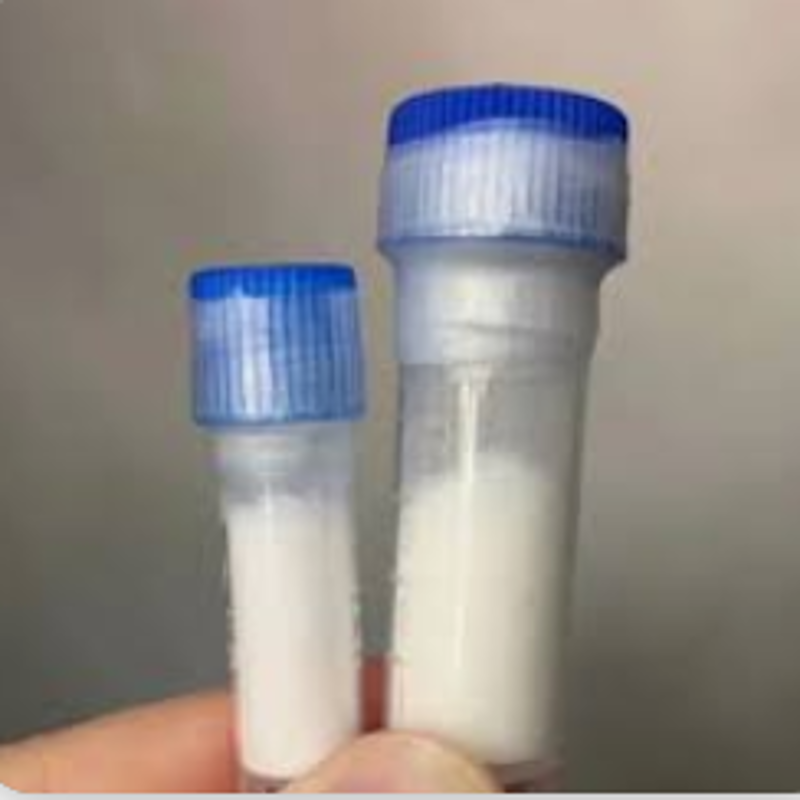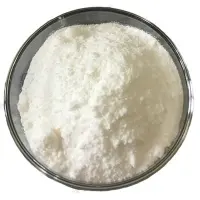Stroke: How to quickly identify acute ischemic stroke post-brain edema?
-
Last Update: 2020-07-10
-
Source: Internet
-
Author: User
Search more information of high quality chemicals, good prices and reliable suppliers, visit
www.echemi.com
Background and objectivebrainedema (CED) can occur within hours to a few days after a stroke, and increased brain volume may lead to midline offset (MLS) and neurological dysfunctionAt present, the process and complications of cerebral edema formation have not been well discussedThe purpose of this study is to evaluate the value of cerebral edema formation using cerebrospinal fluid transfer (CSF) as a dynamic quantitative imaging indexmethodsthis study included patients who had CT scans within 6 hours of onset and at baseline and follow-upUsing neural network algorithm, the cSF volume of the hemisphere is evaluated quantitatively, and the model of CSF changes over time is formedThe evaluation was an early indicator of the evaluation of CED within 24 hours of the onset of the disease (defined as MLS visible on the CT image after 24 hours) and a poor prognosis (mRS score was 3-6)resultsa series of imaging assessments were conducted on 738 stroke patients, of which 91 (13%) showed CED performance of MLSThere was no difference in age between the two groups, but CED patients had a higher NIHSS score at baseline and less CSF at baseline compared to patients without CEDIn patients with MLS, CSF changes more rapidly, with most of the 24-hour occurrence (36% versus 11% or 2.4 versus 0.8 mL/h; P 0.0001)After adjusting the age, blood sugar, and NIHSS scores, the CED risk doubles with every 10% of CSF changes within 24 hours (odds ratio, 1.76 (95% CI, 1.46-2.14)The risk of deterioration of nerve function (an increase of 1.6 points in the NIHSS score within 24 hours) and the poor prognosis (adjusted OR value is 1.34 (95% CI, 1.15-1.56)) also significantly at each 10% increase in CSF Conclusions CSF volume changes can evaluate the formation of cerebral edema early Within 24 hours of onset, CSF can be used as an imaging index of poor MLS formation and prognosis
This article is an English version of an article which is originally in the Chinese language on echemi.com and is provided for information purposes only.
This website makes no representation or warranty of any kind, either expressed or implied, as to the accuracy, completeness ownership or reliability of
the article or any translations thereof. If you have any concerns or complaints relating to the article, please send an email, providing a detailed
description of the concern or complaint, to
service@echemi.com. A staff member will contact you within 5 working days. Once verified, infringing content
will be removed immediately.







